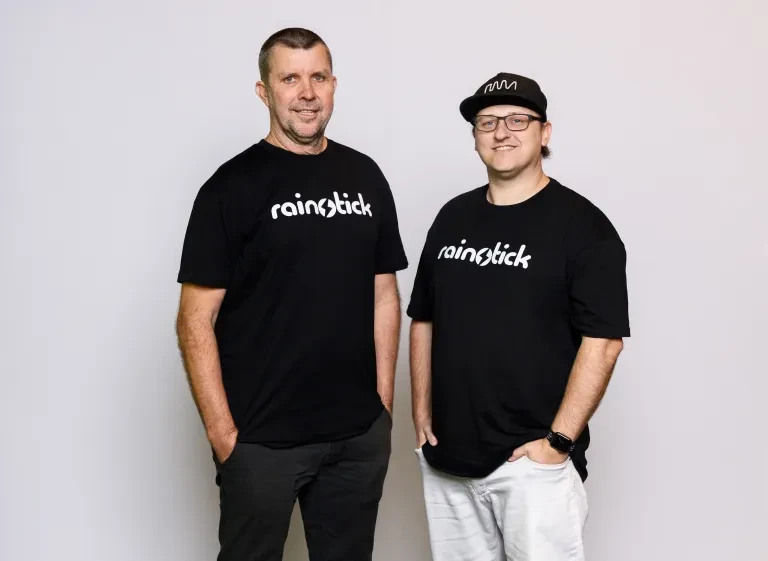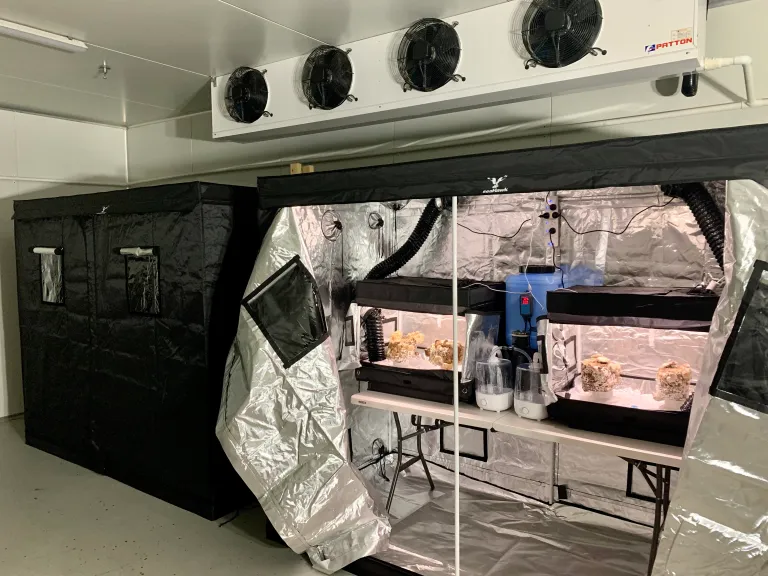Imagine harnessing the power of electrical storms to supercharge agriculture. That’s not science fiction; it’s the reality being created by Australian startup, Rainstick, a company that’s electrifying the agricultural sector—quite literally. Co-founder Mic Black says, “We’re deploying super-high voltage electrical fields to increase seed germination rates in everything from wheat to leafy greens.” This technology isn’t just about growth; it’s about redefining what’s possible in crop cultivation.
Get ready to be struck by the potential of this ‘lightning in a box’ as we delve into Rainstick’s electrifying agricultural revolution.
Unpacking Rainstick’s Electrifying Technology
Rainstick’s innovation lies in its unique approach to agriculture. The company uses high-voltage electrical fields, similar to those in a natural thunderstorm, to stimulate seed germination and growth. This process, as Black explains, “mimics the electric excitement of a storm, which seeds in nature have evolved to respond to.”
How does this work? Seeds are exposed to a controlled electrical environment, triggering a biological response that accelerates germination. “It’s like giving seeds an espresso shot, waking them up faster and making them grow more vigorously,” says Black.

This technology not only speeds up germination but also strengthens the resulting plants. Studies conducted by Rainstick have shown that seeds treated with their electrical field technology exhibit increased resilience to diseases and adverse conditions, leading to healthier crops and higher yields.
Benefits Beyond Faster Growth
The implications of Rainstick’s technology are vast. In regions facing erratic weather patterns and shorter growing seasons, this could be a game-changer. “We’re giving farmers a head start, a way to outpace unpredictable climates,” Black shares.
Additionally, this technology has the potential to reduce the need for chemical fertilizers and pesticides. Healthier, stronger plants naturally resist pests and diseases, leading to more sustainable farming practices. This aligns with the growing demand for organic and eco-friendly produce.

Costs and Considerations
Implementing Rainstick’s technology does come with its costs. Setting up the electrical field systems requires an initial investment which, according to Black, “can vary depending on the scale of the operation.” However, Rainstick argues that the return on investment is swift, thanks to increased crop yields and reduced expenditure on chemicals.
There are also considerations regarding the training and safety protocols for handling such high-voltage equipment. Rainstick provides comprehensive training and support to ensure safe and effective usage.
The potential of Rainstick’s electrical field technology in agriculture is as exciting as it is vast. By simulating the energizing effects of a storm, this innovative approach isn’t just about enhancing crop growth; it’s about reimagining the future of farming. As Mic Black puts it, “We’re not just growing plants faster; we’re growing them smarter.”
More To Discover
- Shinkei’s Humane Tech Set to Transform Seafood Harvesting
- Farmers Are Shouldering The Burden: The Hidden Cost of Big Food’s Green Push & Every Way It Hits Smaller Farms
- Self-Heating Concrete Could Save Billions by Melting Snow Without Salt or Effort
- Yellowstone Faces ‘Zombie Deer Disease’ Threat, Scientists Warn of Human Risk
Rainstick’s invention is more than just a scientific breakthrough; it’s a testament to human ingenuity and our relentless pursuit of better, more sustainable ways to coexist with nature.
As we face the challenges of climate change and a growing global population, such innovations offer a beacon of hope and a path towards a more resilient and abundant future in agriculture.




















